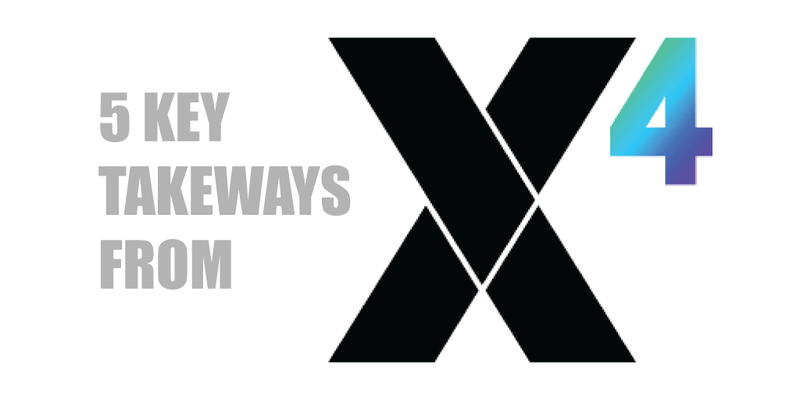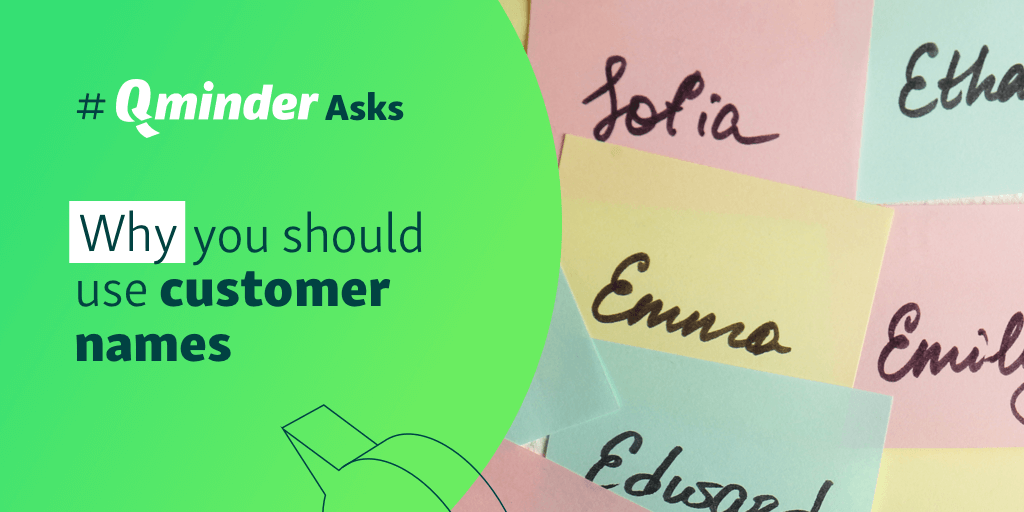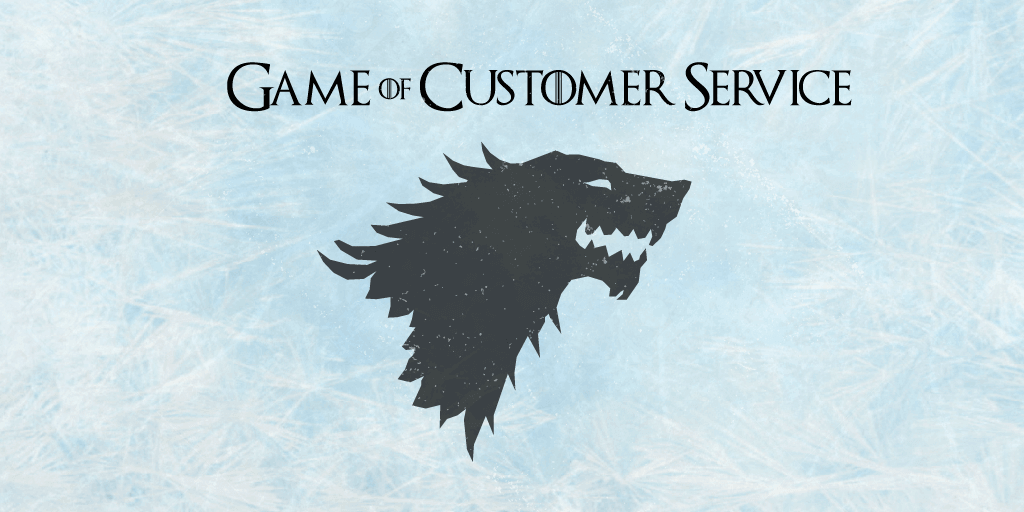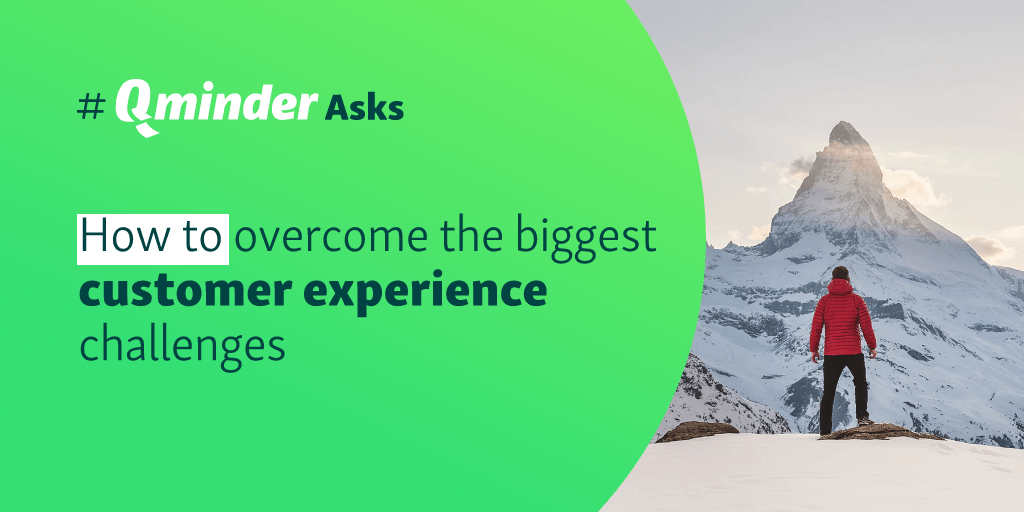On 17 April, I took part in the X4 experience management conference organized by Qualtrics in London. The world’s leading customer experience experts have gathered to share their insights, and I was lucky enough to be there and take notes.
Here are 5 key takeaways from the X4 conference.
1. The experience gap is real
When Bain and Company conducted a survey to measure customer experience satisfaction levels, they decided to survey both business representatives and their customers. What they found was truly shocking.
Out of all the businesses, 80% believed they provided superior customer experience. Sounds awesome, right? Except, customers had a different perspective on how good the companies were.
Only 8% of customers said they received superior CX. That’s 1 to 10 ratio, and not in favor of businesses. This incredible Executives Are From Mars, Customers Are From Venus disconnect is what we call the experience gap.
As they say at the AA meetings, the first step is to admit that you have a problem. You’ve strayed too far from your customers and now have no idea what they want and need from you.
If Galileo Galilei was living today, he would’ve rejected his heliocentric model in favor of customer-centricity. In the world of experience, everything revolves around the customer.
Once upon a time, what mattered was whether your product or service was good. That’s it. But now, experiences rule o’er shore and waves. The Consumer Price Index shows that consumers pay more for experiences than ever before.
2. Disrupt or be disrupted
The next quick takeaway from the X4 conference is this: Those who don’t compete on customer experience will be disrupted.
Or, to put it even more bluntly, “If you aren’t a part of the race to the top, you are racing to the bottom. To quote Game of Thrones (who says we can’t be topical?), “When you play a game of thrones, you win or you die.”
The opening presentation by Ryan Smith delved into companies who have won out by placing their bets on customer experience. One such company is Apple.
By 1997, Apple has lost its way and started chasing trends that everybody at that time has been chasing: speed, storage, processor power, etc. There was nothing unique about what they were offering, and their stocks reflected that.
Something had to give.
The solution? They reset their culture, halted the production of all products, and started injecting experience into the very core of their brand. HOW became as important as WHAT — after all, of what use is some innovation if people don’t find it enjoyable to use?
iMac, iPod and iPhone were born thanks to these changes. Having disrupted their industry, Apple has bounced back from the brink of extinction and is now the most valuable company in the world — almost half as much as the next company in line.

Image courtesy of Interbrand
Other examples of disruption-oriented businesses — Starbucks, ride-sharing companies, peer-to-peer payment systems — have all pointed in the same direction: it does not matter what your industry is, there is a way to make it better.
3. Customers are not the same
Not all examples used in the conference have been as feel-good as Apple’s.
By far the m the almost biblical fall of Kmart — one of the biggest discount retailers in the United States… which filed for one of the largest bankruptcies ever.
On the surface, everything looked close to perfect — Kmart was getting consistently high satisfaction scores. Despite that, the sales have been sluggish. Its stock was declining, rating agencies have been downgrading its credit, and the company was removed from Standard & Poor’s benchmark index of 500 leading stocks.
Kmart has been the victim of a classic intent versus reality dichotomy. They looked at their satisfaction scores and thought they were safe. Have they paid more attention to their customer behavior, things could have been different.
When surveyors looked at the volume of purchases of customers and compared it to the amount these same customers expected to spend when coming to Kmart, the difference was astonishing.
Kmart customers spent less than a half of what they expected to spend. What’s more, 1 in 5 did not buy anything at all. When it comes to purchase intent, this is as low as it gets.
IKEA, on the other hand, are the masters of in-store experience. It is almost impossible to go to an IKEA store and leave only with things you planned to buy, much less empty-handed. IKEA knows what its customers want or could want, and build their store layouts accordingly.
It’s bad to assume that every customer is the same. Kmart thought it was safe, whereas it should have kept innovating and polishing up the experiences that they offered.
4. No detail is too small
The presentation by Stephen Bender from Disney was the one I looked forward to the most. And not only because I’m still a kid at heart, but because if there’s one company that knows how to manage experiences, it’s Disney.
Stephen did not disappoint.
Disney’s experience mantra is simple: Better to change 1000 things by 1% than change one thing by 1000%. When it comes to creating customer experiences, no detail is too small.
Disney is intentional where others may be unintentional. Even the language that Disney employees use is intentional and charged with positivity: cast member vs. staff member, and guest vs. visitor.
Disney pays attention even to the placement of garbage cans. They’ve calculated how many steps on average does it take until a person throws their garbage on the ground (20-25 steps), and then installed garbage cans 25 steps apart.
Why go to such lengths when designing something seemingly as insignificant as a garbage can? Because Disney brandishes itself as a provider of special entertainment with heart.
At the end of his presentation, Stephen engaged in a funny exchange with the audience:
Do you go to Disney parks and resorts because it’s the cheapest option?
No.
Maybe they are the most convenient?
No!
Or perhaps the least stressful?
(Laughter)
So why do people go to Disney parks in droves? Because the experiences they provide are memorable, and that’s what matters in the world where customer experience plays an ever-increasing role.
5. Employee experience is more important than ever
Business results improve with customer experience maturity, and the latter requires strong employee experience. The formula is simple:
customer experience + employee experience = profit
Let’s cite the evidence. Among companies providing superior customer experience, 70% and 24% have significantly better or moderately better employee experience, respectively.
Which is to say, you can do without employee experience, but in this case, your chances of success are… let’s see 100% — (70% + 24%) = 6%. That’s even lower than the probability of getting two pairs in poker!
Staff impacts the perception of your customers:
85% of promoters say staff were empowered to help them (29% of detractors say the same)
83% of promoters are happy with knowledgeable staff (55% of detractors say the same)
In other words, the extent to which you care for your people is the extent to which they will care for your customers and each other. That’s why it pays to go above and beyond when investing in employee experience.
What matters is the level of your staff’s engagement — and when it comes down to it, customer-facing employees, despite the supposed stress associated with interacting with visitors, often feel more rewarded than their office-sitting colleagues.
What’s more, customer-facing employees are almost 5.5 times more likely to recommend their company’s products and services.
90% of customers admit they base their purchasing decisions on reviews, with 31% spending more on positively-reviewed products. As strange as that sounds, the same applies to job seeking.
With workplace review aggregation platforms such as Glassdoor, candidates and new hires have more means to understand the culture of companies, warts and all. Start by making life better for the employees that you now have, and this will create a snowball effect.
Qualtrics practice what they preach
Honest hour: my trip to London started off on the wrong foot. I was late to the hotel, my booking was lost, and I had to pay more than I expected. Needless to say, I was not in my happy place.
As soon as I arrived at the conference, I was surrounded by smiles, laughter and friendly chit-chat. Qualtrics not only talk the talk, they walk the walk.
From the small talk to the entertainment, to the refreshments (Greek yogurt, yum!), to the staff, to the app — everything was organized on an incredibly high level. I could write an entire new article on 5 key takeaways from the way the X4 conference has been designed.
Who knows, I might still write one, as I'll definitely be looking forward to another conference by Qualtrics.






